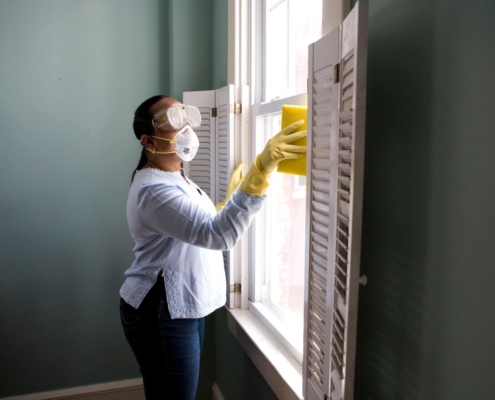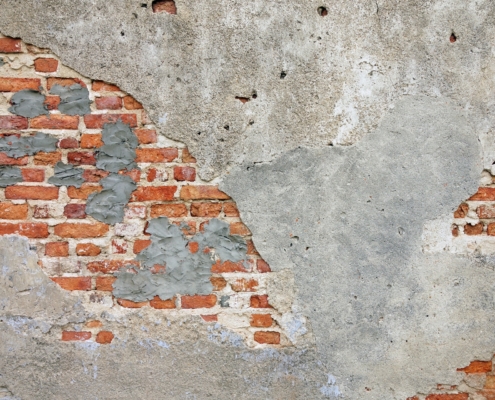
4 Common Air Polutants Gathering in Your Home (And What to Do About Them)
/
0 Comments
Clean, high-quality indoor air is vital to our health. So, it…

5 Devastating Scenarios If You Keep Putting Off Neglected Masonry Work
Bricks, mortar, and stone are excellent building materials from…
